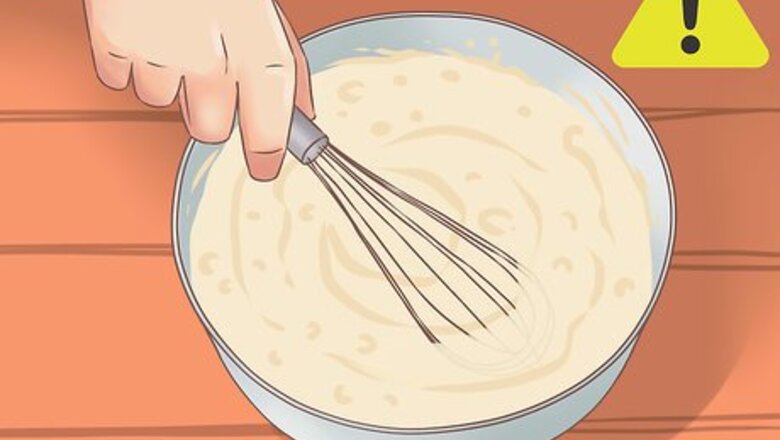
views
Adjusting Your Cooking Methods
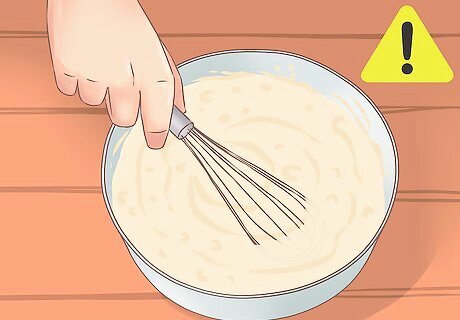
Avoid over-mixing the batter. Cornbread batter should still be lumpy when you put it in the oven. If you are mixing it until it’s smooth like cake batter, that could be the cause of your crumbly cornbread! Stop blending as soon as all the ingredients are mixed together.

Check your oven temperature. Your oven’s temperature may not be accurate. If your oven is baking at a higher temperature than the setting, you could be inadvertently drying out your cornbread. Get an oven-safe thermometer and check the temperature of your preheated oven. If it doesn’t match the setting, call a repair service.
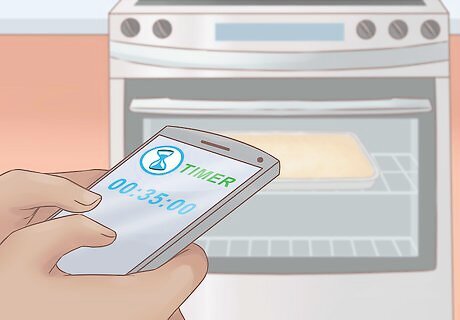
Time your baking correctly. Always set a timer for baked goods, and if the recipe gives you a range of baking times, check it after the earliest time. For example, if your recipe calls for 35-40 minutes in the oven, check your cornbread at 35 minutes.
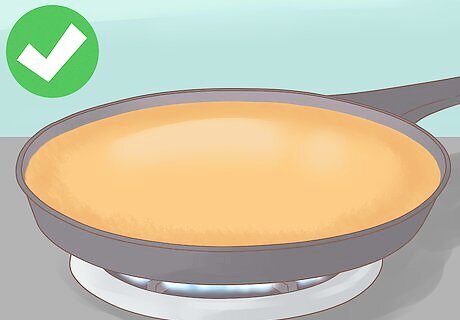
Cook with cast iron. Cast iron pans are great for baking cornbread. They cook the bread more evenly than glass or aluminum pans and can shorten your baking time. If you make pan cornbread, try investing in a cast iron skillet. Many recipes will have a specific time for cast iron pans. If yours doesn't, start checking your cornbread at least five minutes before the timer goes off.
Adding Dry Ingredients
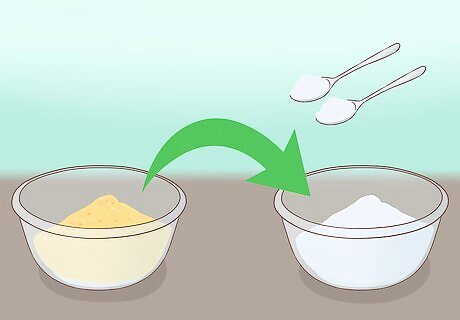
Adjust the proportion of flour to cornmeal. Cornmeal gives cornbread its classic color and flavor, but too much can make your bread crumbly. Try replacing a little bit of cornmeal with flour. The specific measurements will depend on how much cornmeal and flour is in your recipe, but you should try to have more flour than cornmeal in your batter. Many traditional recipes have no flour at all. For these, subtract 1–2 tablespoons (15–30 ml) of cornmeal and replace them with flour.
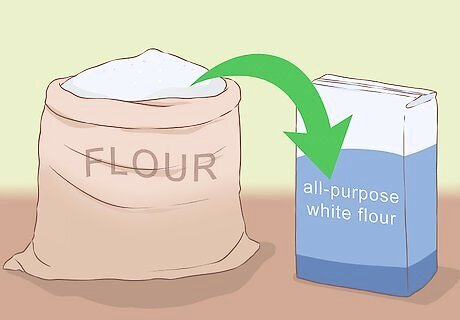
Try a different brand of flour. Not all bags of flour are the same! If you’ve been baking with the same old flour and your cornbread is still crumbly, try switching to another brand. If you aren’t using all-purpose white wheat flour, switch to that type.
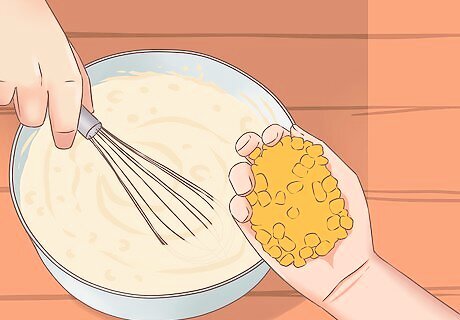
Add a handful of frozen corn. Frozen corn will add moisture to your batter during the baking process. Whole food additions don’t need to be precisely measured, but about a handful will be fine for most recipes.
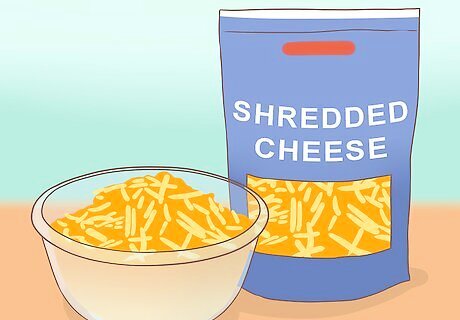
Add shredded cheese. Melty, gooey cheese will hold your cornbread together and give it a fantastic flavor. Shredded cheddar cheese is best for most cornbread recipes, but you can try experimenting with another variety. Precise measurements aren’t necessary--a handful or two will do.
Tweaking Wet Ingredients
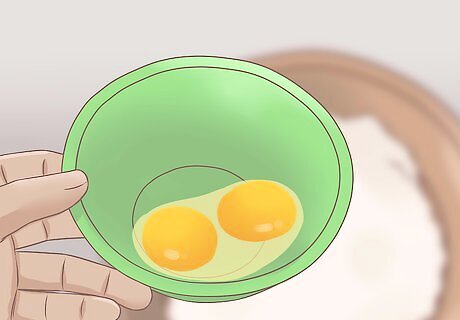
Put in an extra egg yolk. Adding an egg yolk to your cornbread will help hold its shape while you’re cutting and serving it. You can add a yolk even if your recipe doesn’t call for any eggs at all--just put it in with the other wet ingredients.
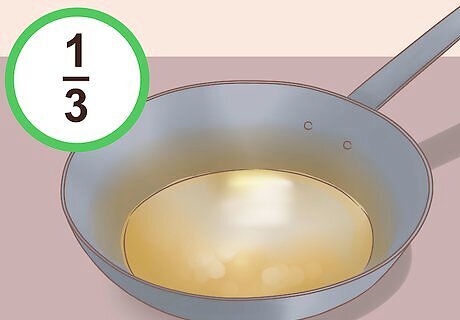
Cut back on fat or grease by one third. Many traditional cornbread recipes call for bacon grease, shortening, or lard. It can add a delicious flavor, but it can also cause your cornbread to separate during baking. Try cutting your proportion of grease or fat by about a third.
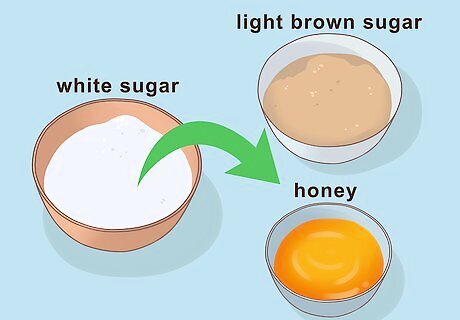
Replace white sugar with a moist sweetener. If your cornbread recipe calls for white sugar, try replacing it with a moister sweetener. Light brown sugar, honey, or corn syrup will all add a little more wetness to the recipe. You can use the same proportions.
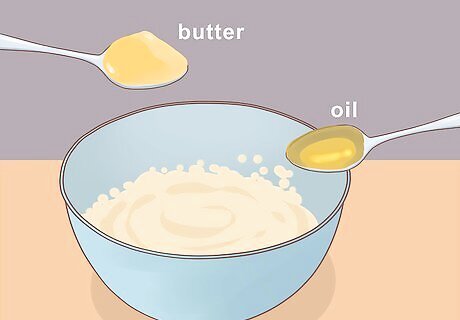
Add 1 tablespoon (15 ml) more butter or oil. Adding about 1 tablespoon (15 ml) of extra butter or vegetable oil can increase the moistness of your cornbread. You can do this even if your recipe doesn’t call for butter or oil.
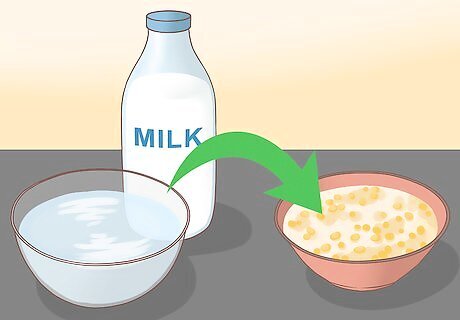
Replace milk or water with creamed corn. If your recipe calls for milk or water, try replacing it with creamed corn. This will give your cornbread a richer, creamier texture that will help it hold its shape for much longer.
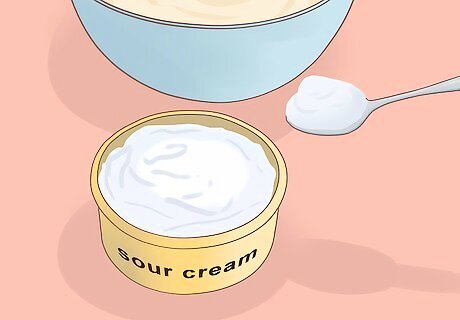
Add 1 tablespoon (15 ml) of sour cream. Adding 1 tablespoon (15 ml) of sour cream to your batter is a great way to moisten your cornbread. You can also use light or fat free sour cream to get the same effect without the added fat content!




















Comments
0 comment